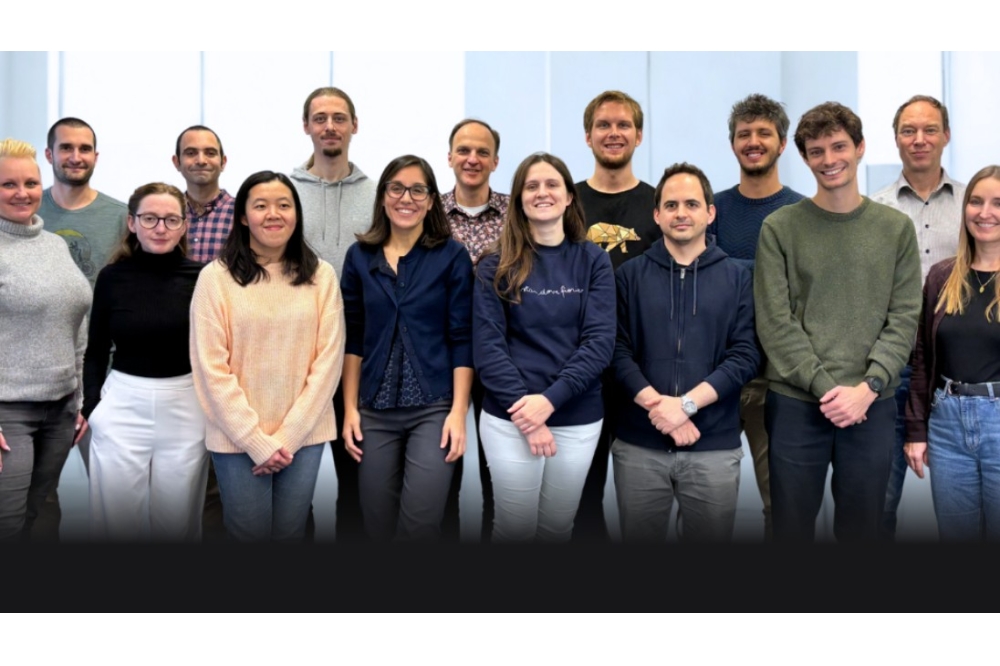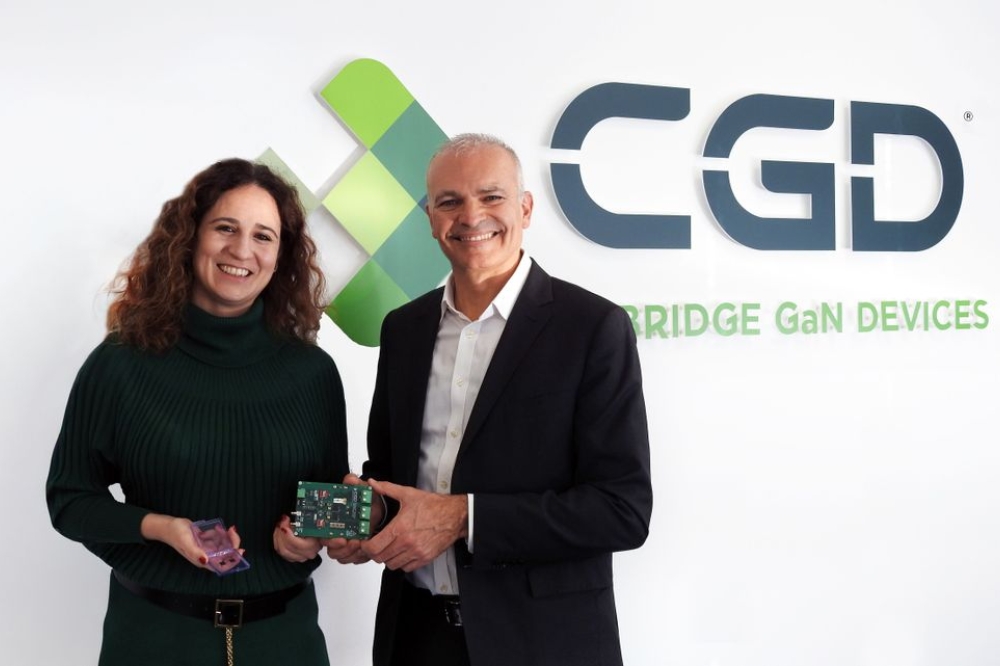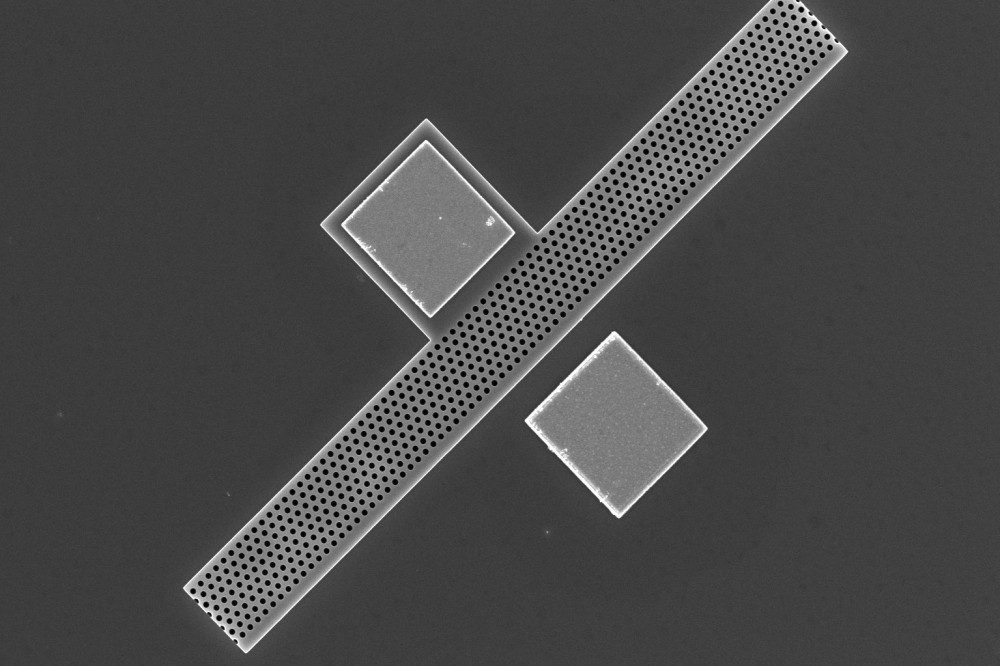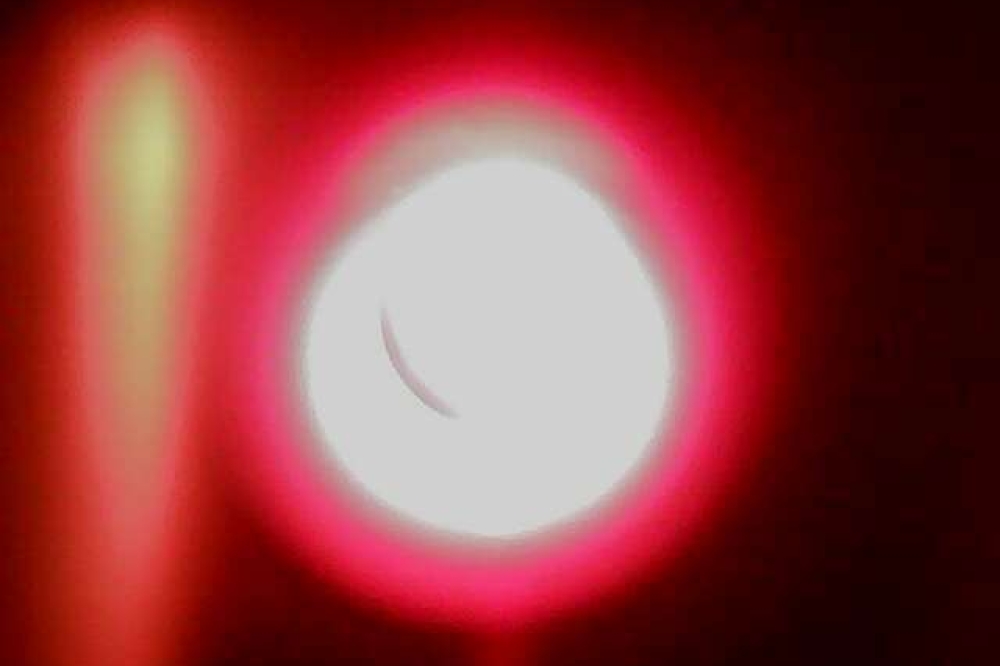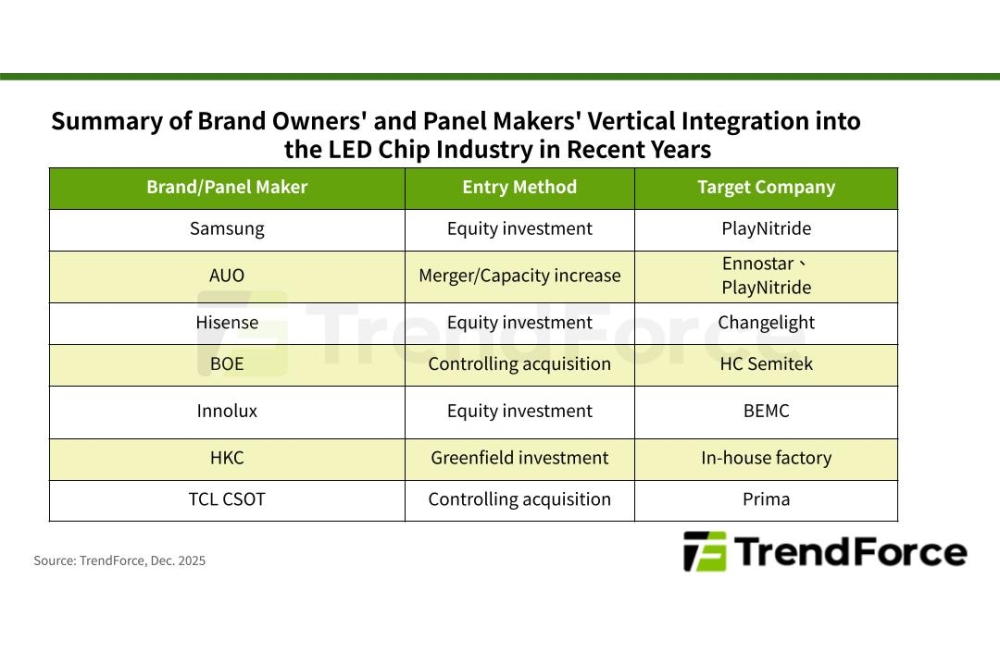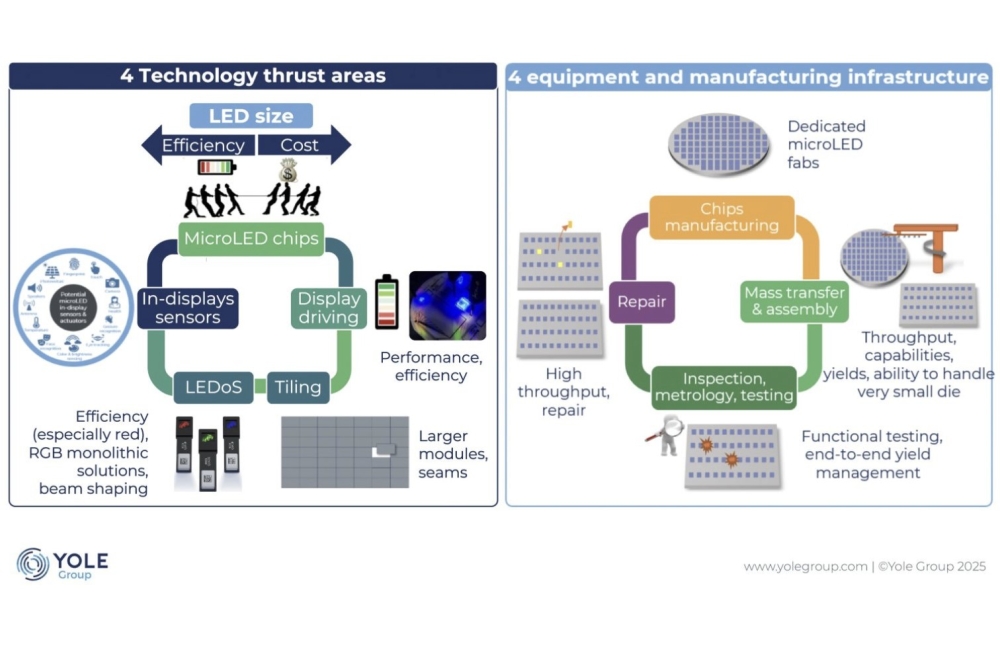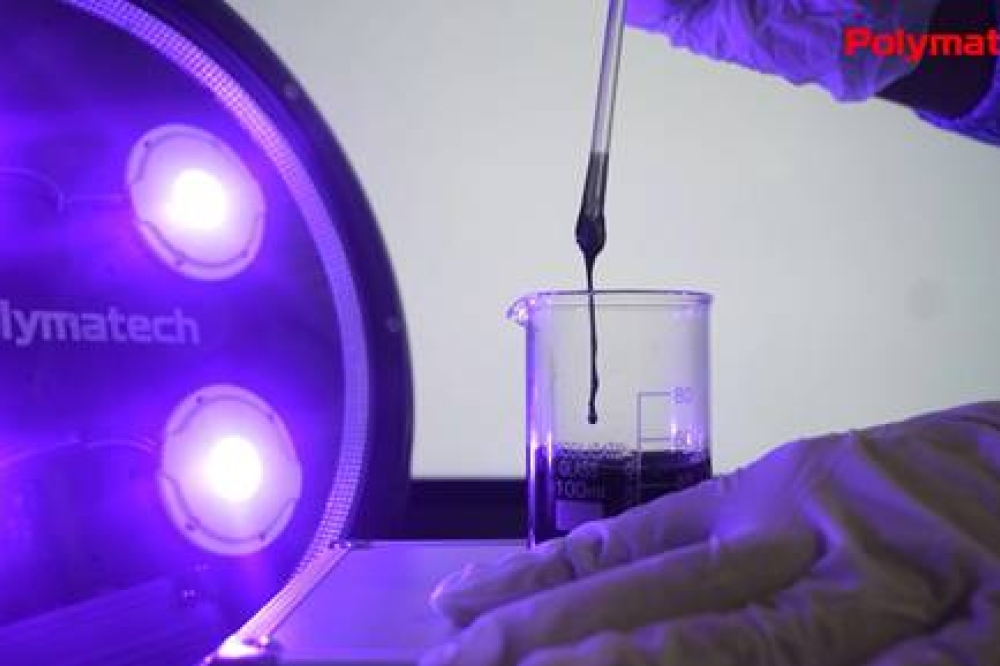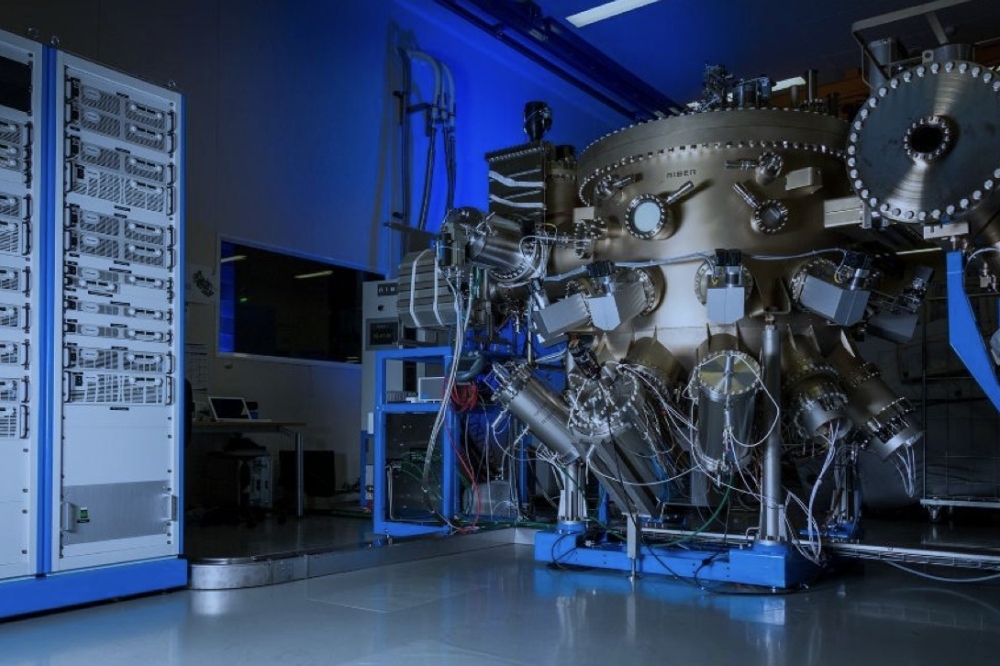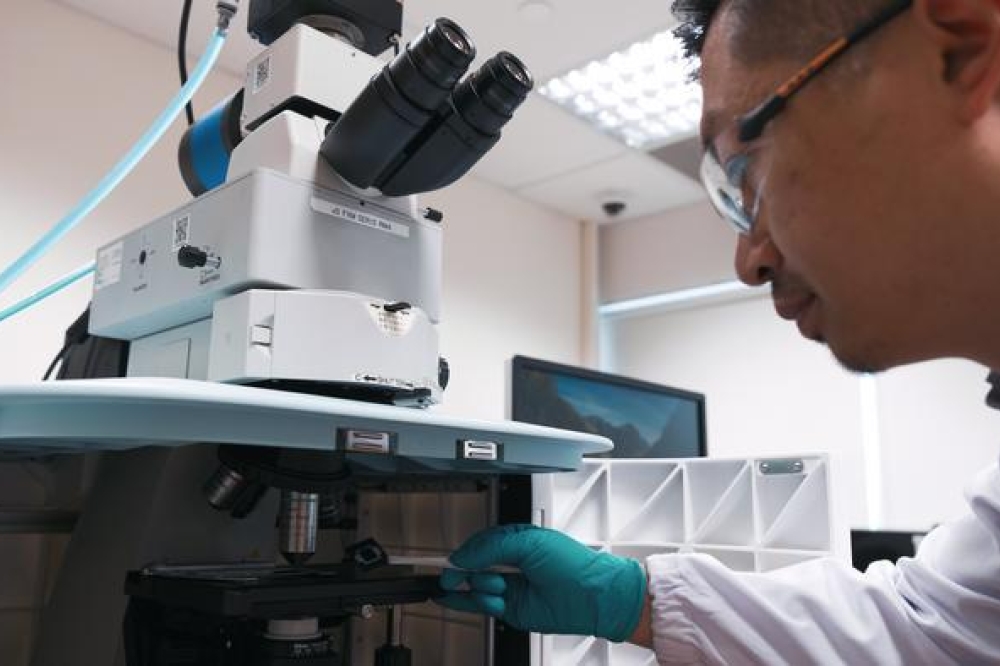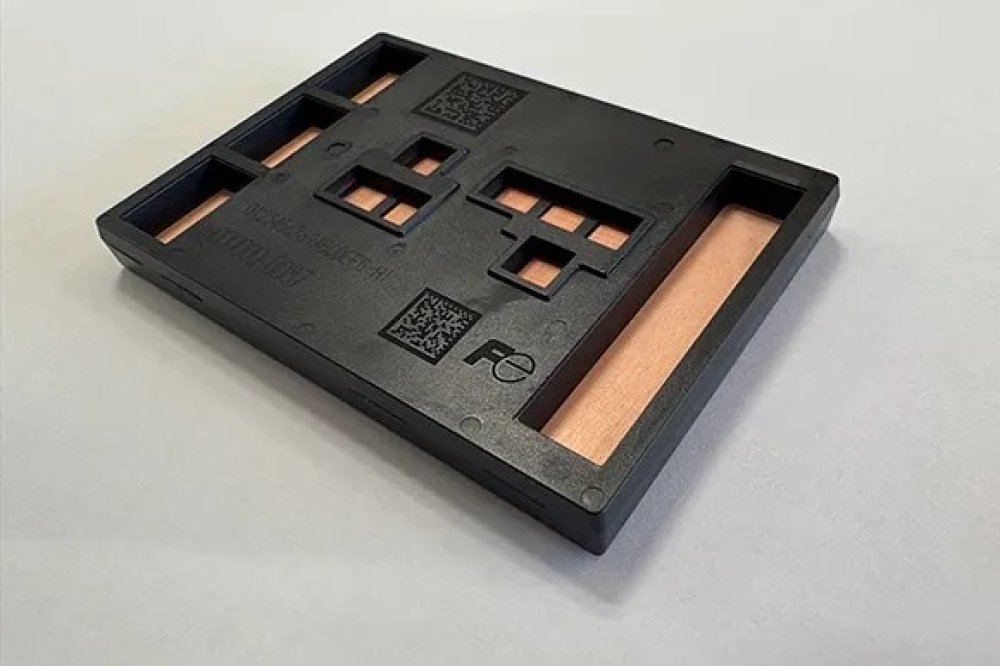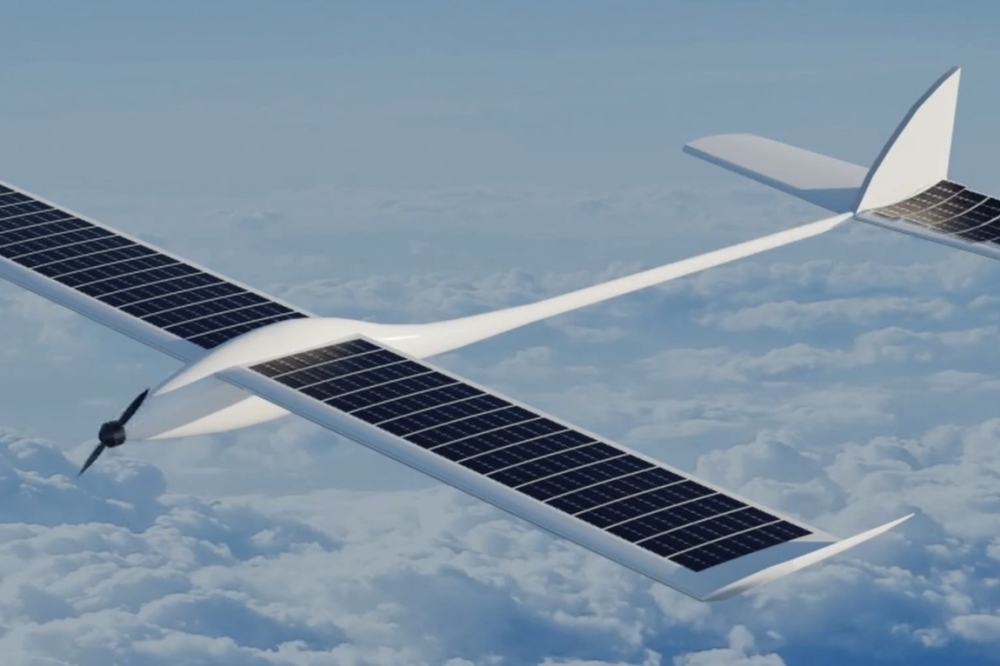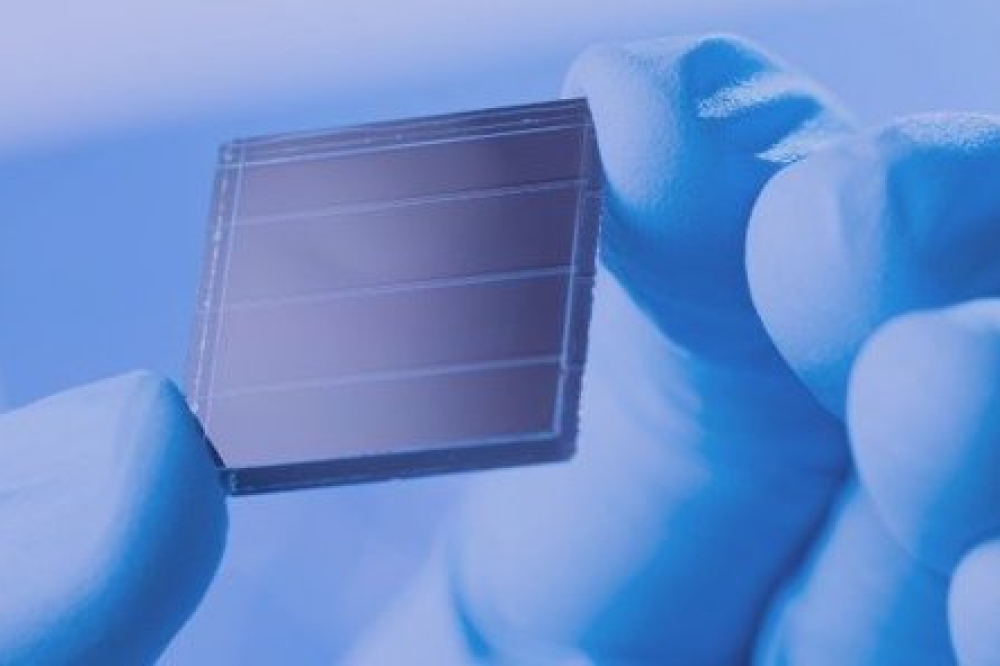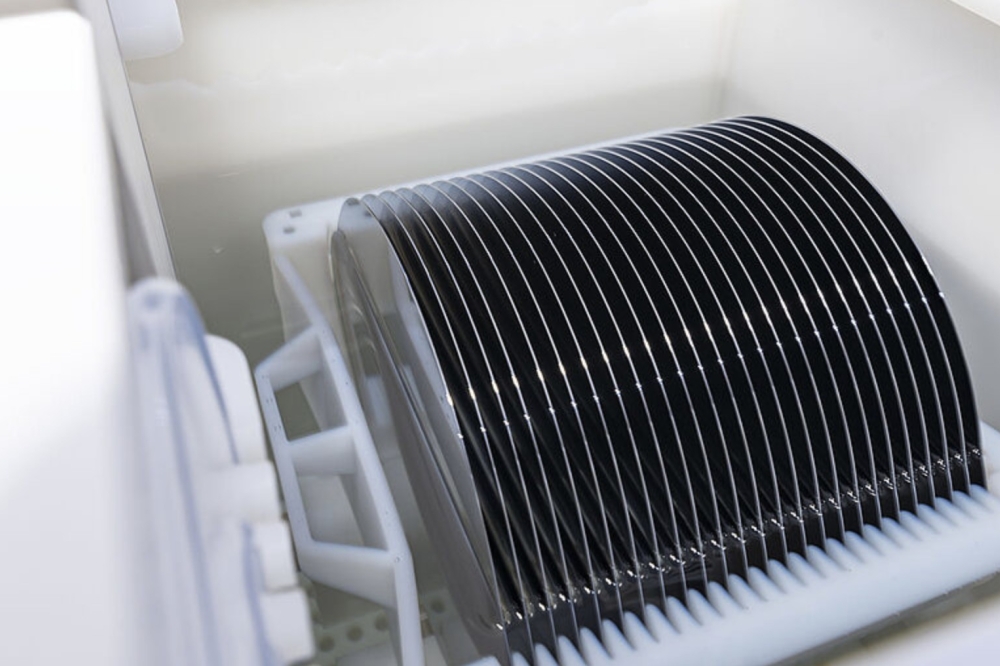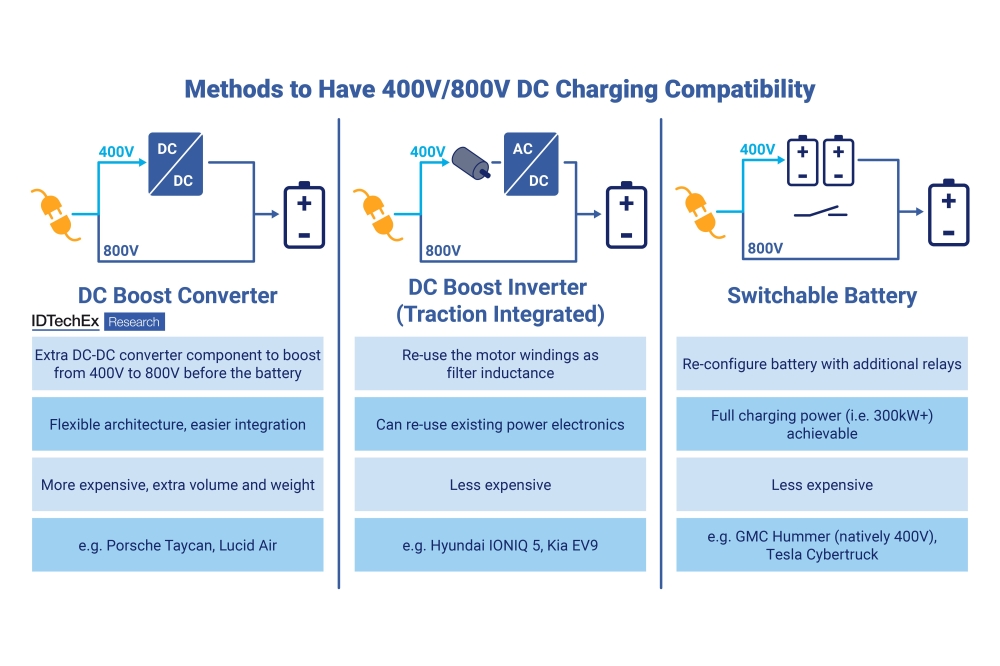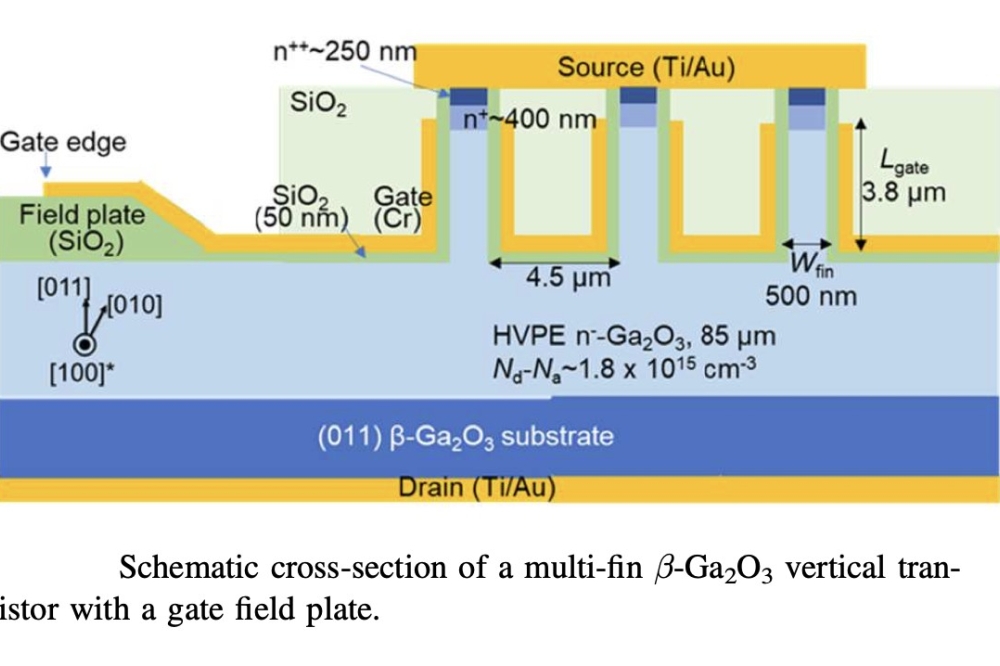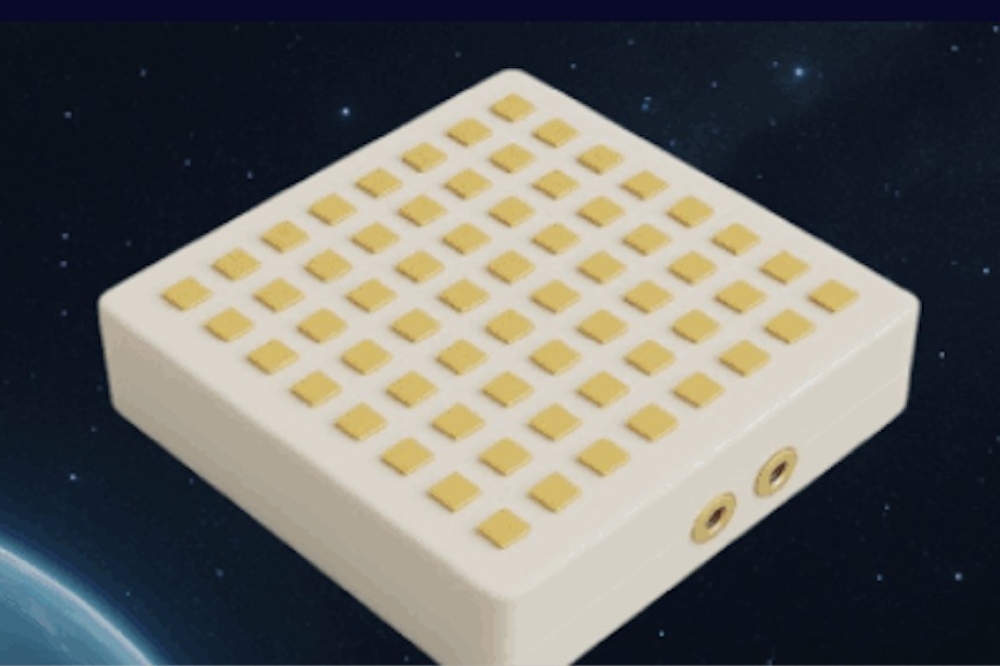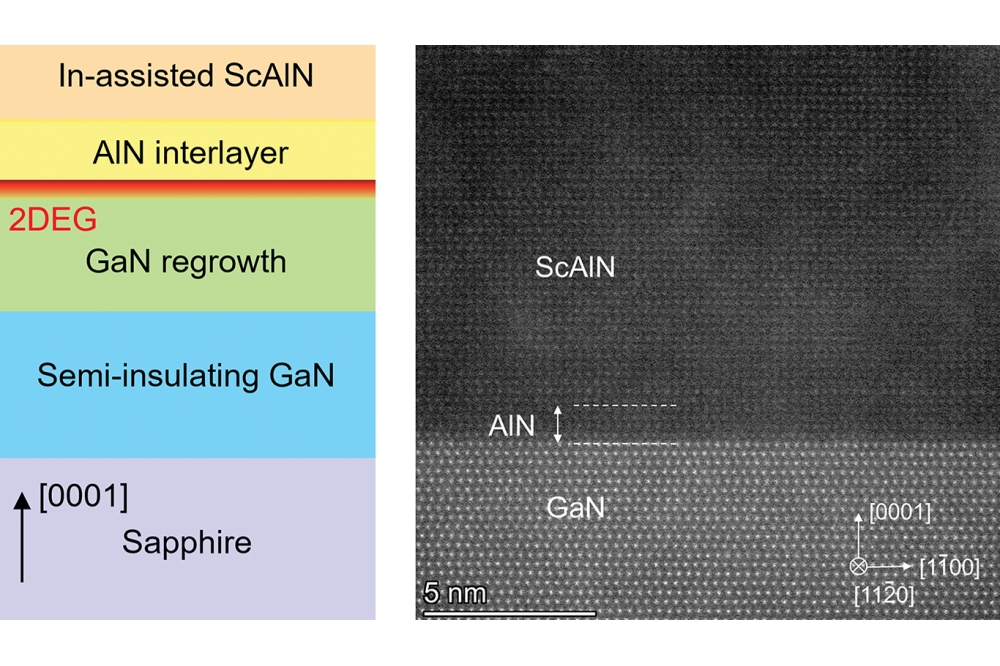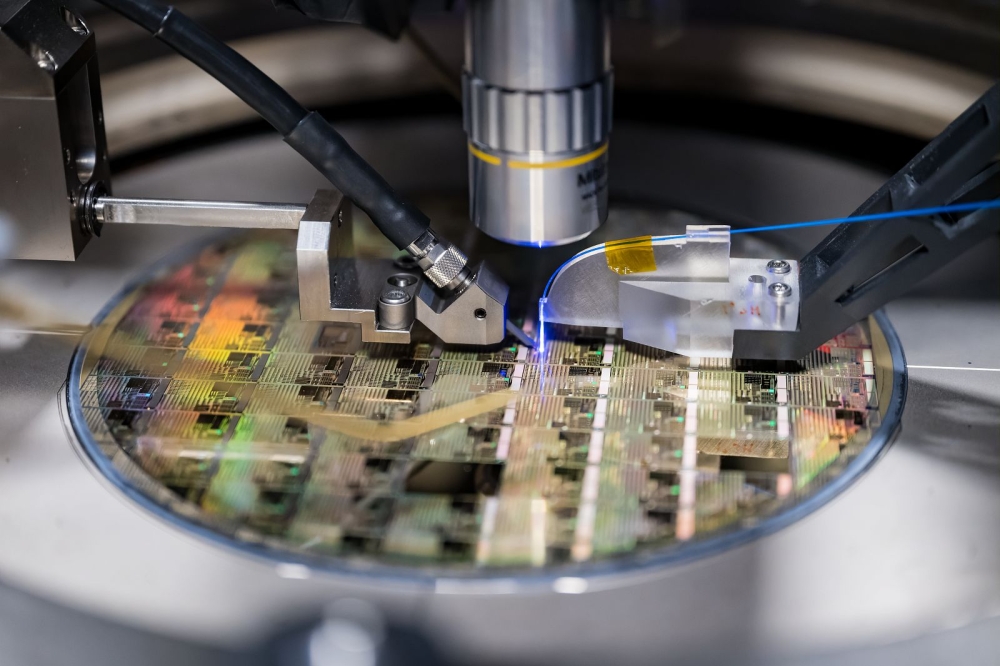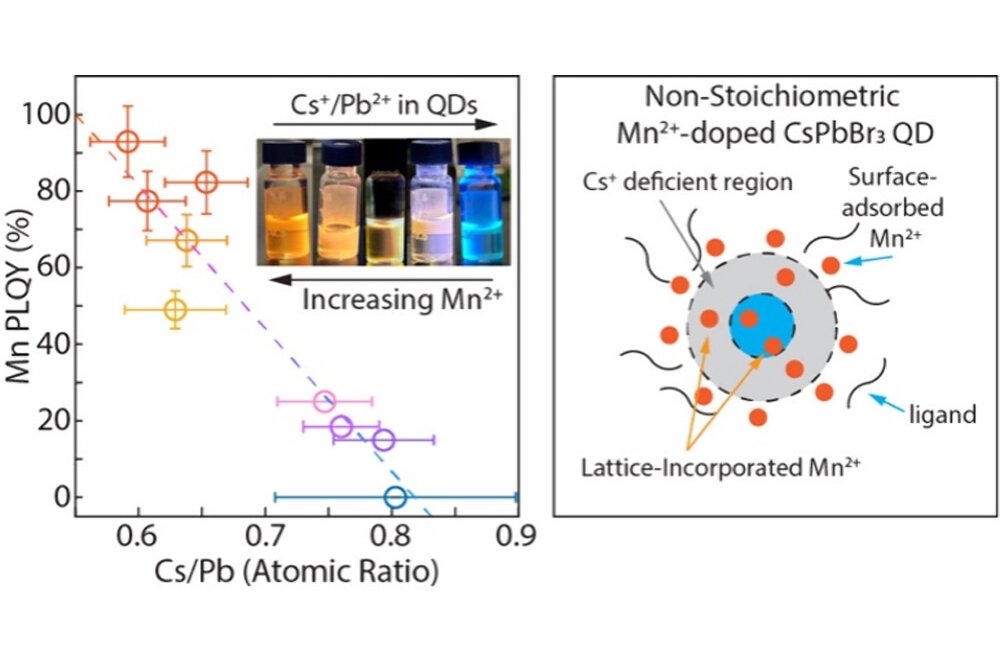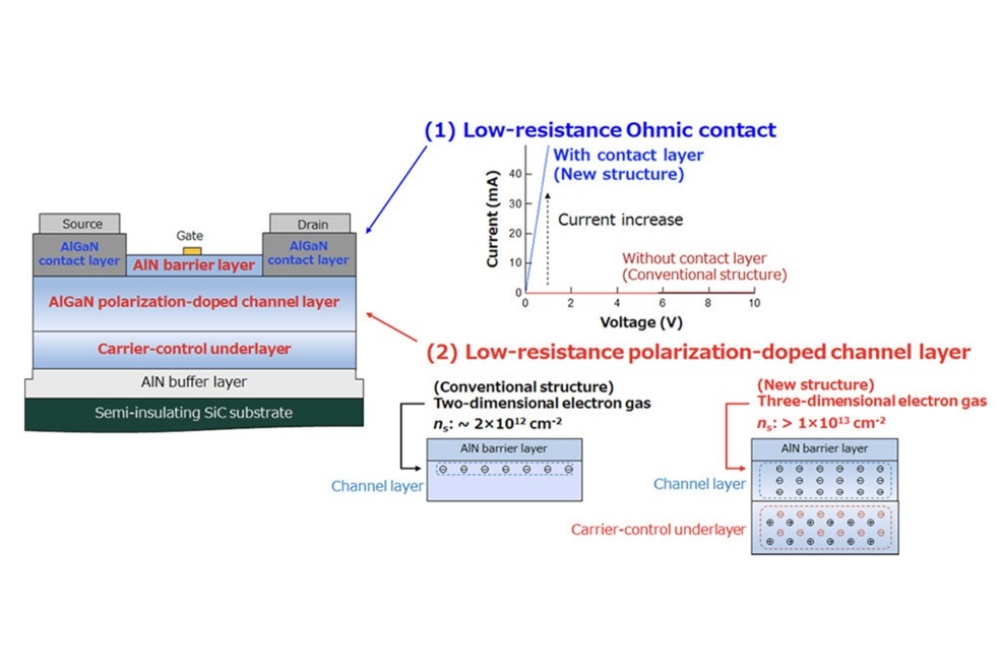Improving GaN-based mirrors
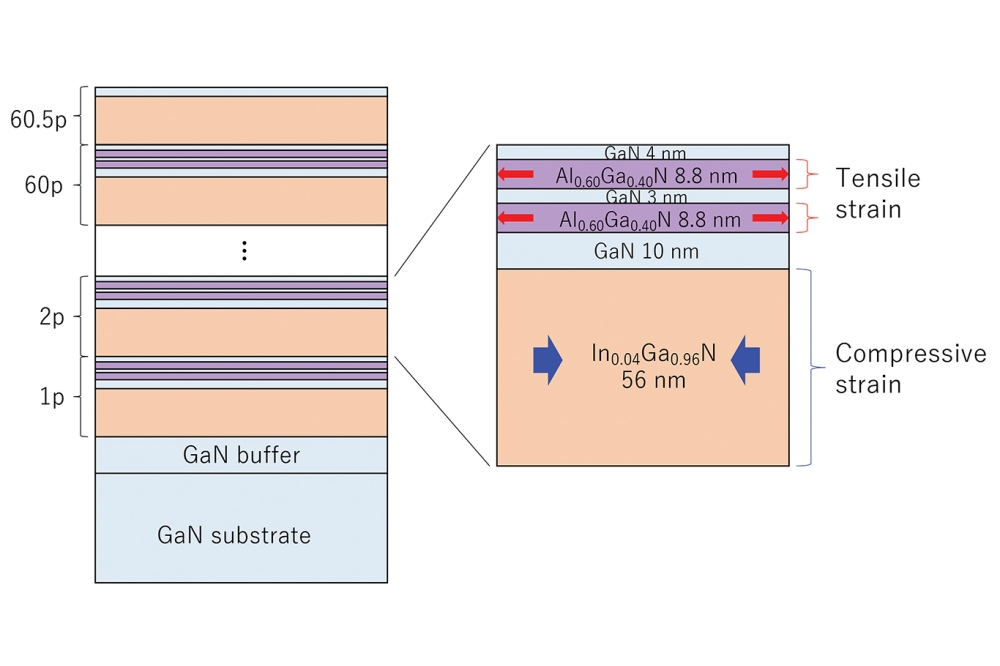
The biggest weakness of the GaN-based VCSEL is its mirrors – they can suffer from strain that degrades material quality, and growing these distributed Bragg reflectors (DBRs) takes many hours, making device production impractical.
But there’s hope that both these obstacles could be overcome, thanks to the work of engineers from Ricoh, Japan. In just 5 hours, these researchers can grow a novel, high-quality, strain compensated distributed Bragg reflector with 60.5 periods that provides a peak reflectivity of almost 100 percent.
The team’s DBR, grown on a native substrate, employs an Al0.60Ga0.40N/GaN multi-layer for the low refractive-index component, and an In0.04Ga0.96N layer as the high refractive-index component. Strain compensation results from balancing tensile strain that stems from Al0.60Ga0.40N with compressive strain associated with In0.04Ga0.96N.
With conventional DBRs, two layers, each with a thickness equal to a quarter of the lasing wavelength (λ/4), are alternately stacked on one another. Departing from the norm, those from Ricoh have developed an asymmetric structure, pairing an In0.04Ga0.96N layer that is thicker than l/4 with the low-refractive-index multi-layer that’s thinner than l/4.
When designing this structure, the team decided to employ an InN mole fraction of 0.04 to prevent relaxation of the InGaN layer, which would have a thickness of several tens of nanometres. For the other mirror, the engineers initially tried AlN, but this layer suffered from pit formation, caused by island growth. To suppress this, they turned to a thin layer of GaN on top of Al0.60Ga0.40N.
Simulations show that in a conventional DBR with layers with a thickness of l/4, deviations from this induce a phase shift that reduces reflectivity. But with the team’s strain-compensated design, increasing the proportion of strained AlGaN and InGaN in the DBR and reducing the proportion of GaN produces an increase in reflectivity – that’s because the increase in reflectivity, due to a higher refractive index contrast, outweighs the decrease due to phase difference.
To produce their mirrors by MOCVD, the team employed a temperature difference of just 150 °C between InGaN and the AlGaN/GaN multi-layer, due to the low InGaN mole fraction. This relatively small temperature difference trimmed growth interruptions to less than 4 minutes.
Using light from a collimated halogen lamp, the team determined a centre wavelength of 440 nm for the DBR, and a centre reflectivity of more than 99.9 percent.
The team also produced a VCSEL structure featuring one novel DBR, an active region with three quantum wells, and a dielectric DBR made from 11 pairs of Ta2O5 and SiO2. Optical pumping produced clear threshold characteristics.
Team spokesman Takeshi Kawashima says that with further development, it may be possible to grow a full GaN-based VCSEL that incorporates two semiconducting DBRs.
“The challenges lie in the control of electrical conductivity and growth temperature,” remarks Kawashima, who explains that the use of AlGaN with an AlN mole fraction of 0.60 is expected to lead to a high electrical resistance.
“There is a possibility of achieving low-resistance n-type DBRs through composition grading or high-concentration doping of the AlGaN layers,” explains Kawashima, but warns: “On the other hand, p-type GaN has very high resistance, making the realisation of practical p-type DBRs extremely difficult. One potential solution is tunnel junctions, but the reported tunnel junctions still have high resistance.”
Kawashima reveals that the next two goals are to realise current-injection lasing and cut the growth time for the DBR. Commenting on the latter, he remarks: “We aim to minimise the temperature difference during the growth of the DBRs, ideally achieving the same growth temperature. This would allow us to grow the DBRs within 2-3 hours.”
Reference
T. Kawashima et al. Appl. Phys. Express 18 041002 (2025)
Pictured above: The novel DBRs from Ricoh improve the prospects for the GaN VCSEL, a promising source for retinal scanning displays and adaptive headlights

